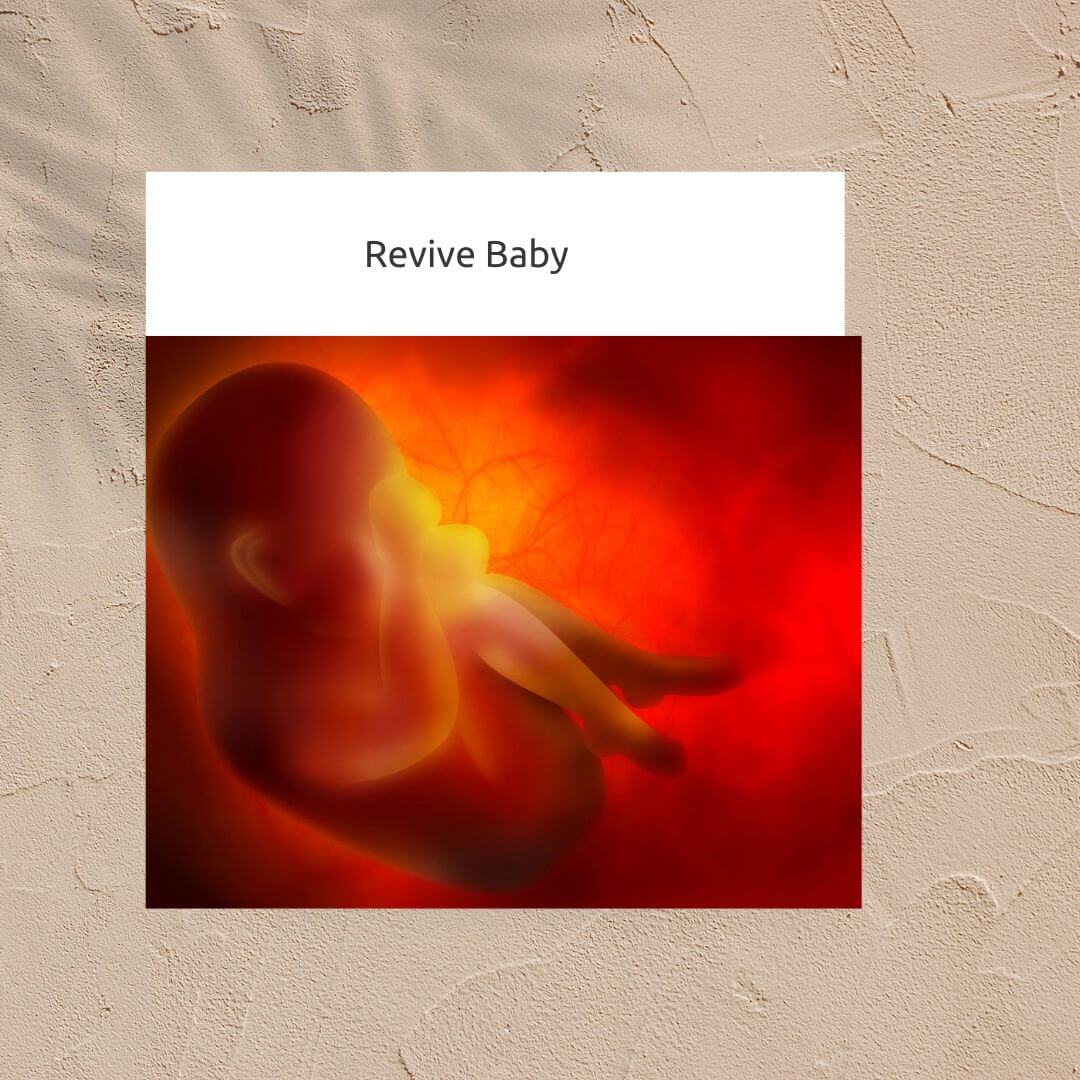During its stay in the mother's womb, it is protected, nurtured, and developed into a human being. The baby is protected through many layers of protection. When the baby is in the developing stage, the baby is very sensitive and has not yet been exposed to the outside world.
Amniotic fluid is one layer of protection present in the mother's body. It is a liquid in which the baby stays safe throughout the gestational period. It is crucial for the baby's growth and development that there is adequate amniotic fluid throughout the pregnancy.
You may also visit our guide to learn about what are cheerios, when can a baby have cheerios, and why should they be given.
What is amniotic fluid?
Amniotic fluid is a special liquid in the mother's womb to protect and nurture the baby. The baby lies in a sac in the uterus, which is filled with amniotic fluid to act as a cushion for the baby.
Amniotic fluid starts to collect in the sac after ten or twelve days of conception. This liquid will protect the baby from external pressures and will not let the baby get hurt.
The amniotic fluid is a water-like liquid that is filled with hormones, antibodies, and nutrients.

This is the liquid that helps the baby to stay alive and grow during the pregnancy. A shortage of amniotic fluid or its absence can be harmful to the baby. Some important facts about the amniotic fluid are:
- It protects the baby from heat or from getting cold.
- It helps develop the baby's digestive, musculoskeletal, and respiratory systems.
- It protects the baby and mother from infection.
- It provides a cushioning effect to protect the baby when it experiences any pressure.
- It protects the umbilical cord, which is a source of nourishment for the baby.
Can a baby survive without amniotic fluid?
Amniotic fluid is a very critical liquid that is essential to be present in the mother's womb at all times. Its absence can be hazardous to the baby's health.
If the amniotic fluid reduces during the early time of pregnancy or before 34 weeks, then the situation is known as Preterm Pre-labor Rupture of Membranes (PPROM). In this situation, the woman needs to be rushed to the hospital. If the mother has not completed her term, a reduction in amniotic fluid can be dangerous for the baby as well as the mother.
It is not necessary that the baby needs to be delivered immediately, even in the case of PPROM. The mother may have to stay in the hospital until the baby grows enough to come into the world.
The baby can still survive for a few weeks if the mother is monitored well under hospital conditions. The mother must be kept on antibiotics and steroids during this time to prevent infection and help the baby grow.
As soon as your pregnancy is reaching an end, your anxiety level increases manifold, and all sorts of fears start to surface.

Many women have a fear that their water bag will break anytime near the end of pregnancy, and they may lose all the amniotic fluid. This fear leads to questions like, "How long can a baby survive without amniotic fluid?"
If you have crossed 37 weeks and the water bag breaks or leaks, the doctor will most likely make you wait for around a day or two, depending on your pregnancy. There is no harm in making the baby wait after the water bag has burst because the baby is taking all its nutrients and oxygen from the placenta at this stage.
The only issue that can arise is the baby or the mother getting an infection. This can be prevented by critical monitoring.
Visit Also: When Can Baby Use Jumper
What happens if there is no amniotic fluid in the sack?

If the amniotic fluid reduces below a certain level during the early stages of pregnancy, the doctors must make the mother aware of possible complications. Some complications include:
- Miscarriage,
- Stillbirth
- Preterm birth
- Infection.
If low amniotic fluid levels are detected later on in the pregnancy or the water breaks, the complications can include:
- Growth restriction,
- Early delivery,
- Infection,
- Underdeveloped lungs,
- Umbilical cord compression,
- Increased chances of operation.

FAQs:
Q: Is it safe to continue the pregnancy if there is no amniotic fluid before 23 weeks of pregnancy?
A: At 23 weeks, the baby is still too young and underdeveloped to come and survive in the world. If the water breaks before 23 weeks and there is no amniotic fluid left in the sac, the doctor must take serious action to take the situation under control. The doctor will explain the pros and cons of continuing the pregnancy because continuing the pregnancy at this stage is very risky and can lead to stillbirth or birth with any deformity.
Q: Is water break always dangerous?
A: Water break is not necessarily a dangerous thing. If a water break happens after 37 weeks of pregnancy, the water break is generally not serious, and the mother can wait for a day or two before delivering. In most cases, women go into labor within 12 hours of a water break. If this does not happen, the doctor will wait for around 24 hours before using induction techniques.
Q: What happens if water does not break?
A: There will be situations in which the mother may not experience a water break even after going into labor. In such a situation, the doctor breaks the water before delivering the baby.
Learn everything in our guide about whether can I squish my baby when bending over.
Conclusion:
Amniotic fluid is an essential part of the pregnancy to keep the baby safe and nourished. A reduction in its level or absence can be dangerous for the baby and the mother. Any such observation must not be ignored and must be immediately consulted with the doctor to prevent losses or damage to the baby and the mother.










